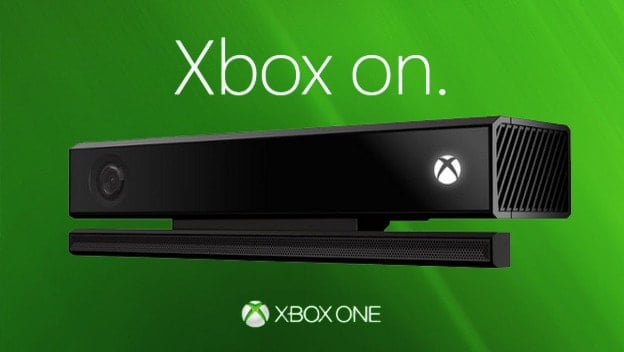The Xbox One was recently released, and I swear I’m trying to hate the pack-in Kinect as much as I’m supposed to in order to keep my gamer cred intact. I really am trying, but I just can’t seem to hate it all that much. Yes, it’s adding an extra 100 dollars onto the cost of the system, and maybe it’s not deemed absolutely necessary to the functionality of the system. Still, I can’t help but see it as a proper part of the console, even if it is a physically separate device.
For one, the entire user interface of the console is developed around the thing. Voice controls will get you almost anywhere you need to go. In fact, voice controls will even help you interact in some fashion with the rest of your home entertainment center. Is that gimmicky? You bet it is. But a larger portion of the Xbox audience loves gimmicks like that. And Microsoft is well aware of that.
When we really buckle down and face facts, we should realize that video games aren’t just for the hardcore gamers; they’re for everyone, and exclusionary practices have to stop. We have to realize that for every Call of Duty fan, there is someone who is going to absolutely adore the Kinect-enabled controls of Zoo Tycoon . For every fan of Battlefield , there’s going to be a father who is absolutely ecstatic to show off to his house guests that his living room has become the command deck of the Star Ship Enterprise. Well, maybe not in a perfect 1 to 1 ratio, but these other audiences definitely exist. Recognizing that is a smart tactic and good business sense on Microsoft’s part.
But it’s not just courtesy towards consumers of all ages and types. Including a Kinect in every single box is a way for Microsoft to embrace ambitious developers. It’s a way to give them more options. Last generation, the Kinect wasn’t a huge success. Getting developers to recognize it as an asset was difficult, because not everyone had one. The market had been fragmented.
By contrast, we enter this generation with the knowledge that if someone is playing on an Xbox One, they probably have a Kinect. This allows developers to consider the hardware as a viable option for developing. It can be used to accent gameplay. It doesn’t have to be the primary way you interact with the game. Imagine if, in a game such as Fallout , characters could read your facial expressions. Maybe that could affect the way they interact with you. Tiny gestures that don’t even require you to remove your hands from the controller can streamline inputs. There are options. There are more ways to play and more ways to develop.
Now, I’m not going to lie to you. Plenty of developers are going to get this all wrong at first. There are going to be times in which the Kinect feels poorly integrated and forced. And yes, that scares me. But there are going to be times when it absolutely astounds. We have no way of knowing this yet: there are intuitive ways to use the hardware that some people haven’t even thought of.
I recall the Wii, fondly. I was worried at first that the waggle controls would ruin Nintendo. I’m sure many people were. Did we forget to consider the average gamer in that estimation? The Wii went on to be phenomenally successful, and even had games for everyone. Admittedly, the “hardcore” games were lacking in presence on that console. Lots of developers saw the opportunity to create loads upon loads of shovel ware and derivative sports titles, but we also got Okami . We got No More Heroes . We got MadWorld , and we got Muramasa: The Demon Blade .

With the Xbox, I see the variety of titles striking an even better balance, and I think people are going to wind up fairly happy with the new console. Yes, I know that the Kinect can see you, and you think that’s scary. I know you value your privacy, and as such, you probably go to lengths to protect it from giant corporations. You probably forgo owning a cell phone, pass up logging in to any social networks, and you absolutely refuse to buy anything online using your credit card.
What’s that? You don’t do any of those things? Then you probably shouldn’t worry about the Kinect spying on you. The fact is, corporations, for better or worse, have been collecting information on you for decades. But if you must start taking issue with that now, cover the thing up with a towel or something. Or just don’t buy it. I don’t want to twist any arms.
I recognize that some people are alienated by the addition of a device they can’t see themselves using. I don’t want to sound wholly despondent towards them, but I just can’t shake the feeling that the Kinect 2.0’s inclusion is a decision that benefits more people than it hurts.
Then again, I’m usually a silver-lining type of guy. I suppose we’ll have to wait and see how it all plays out.
